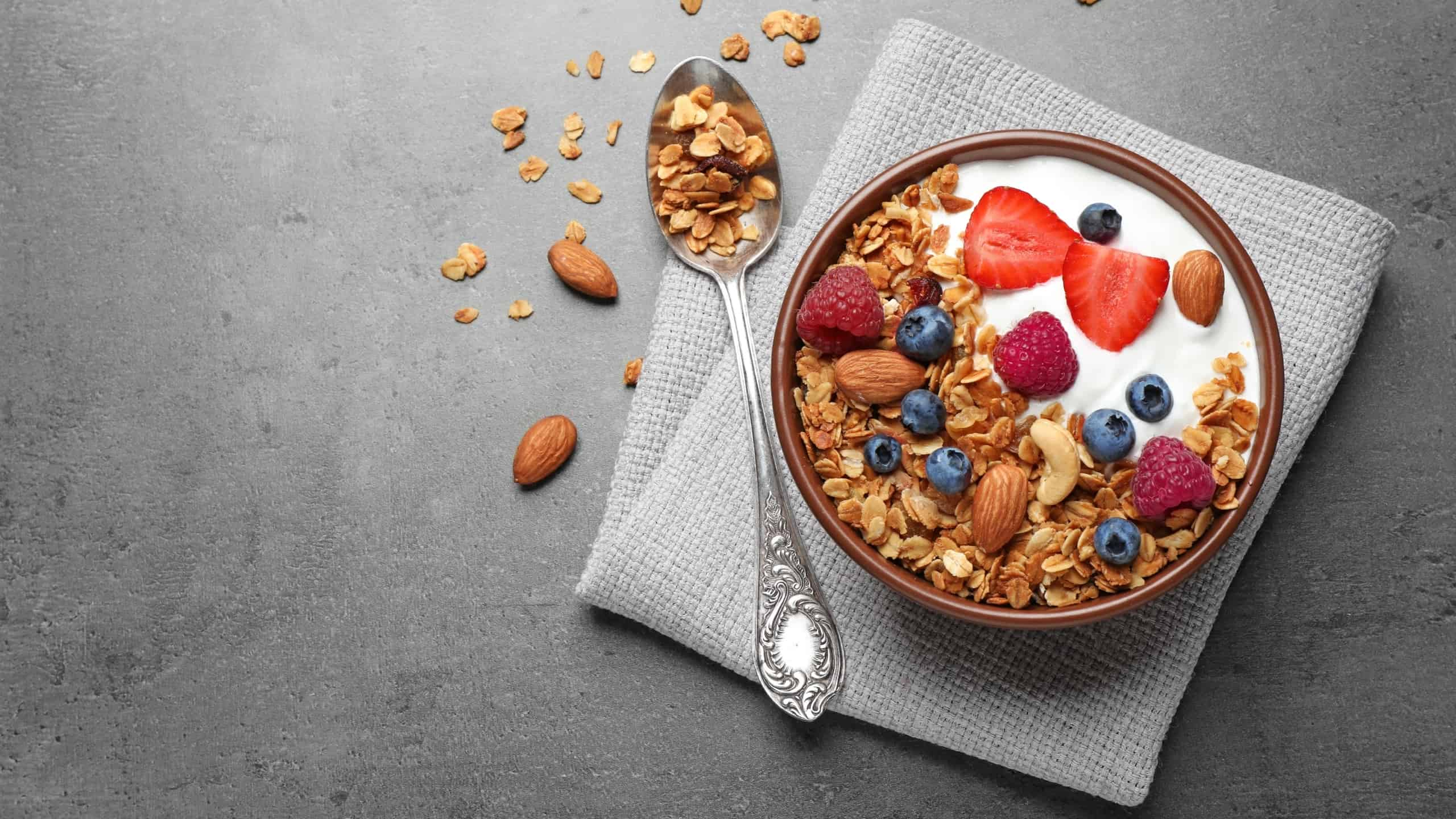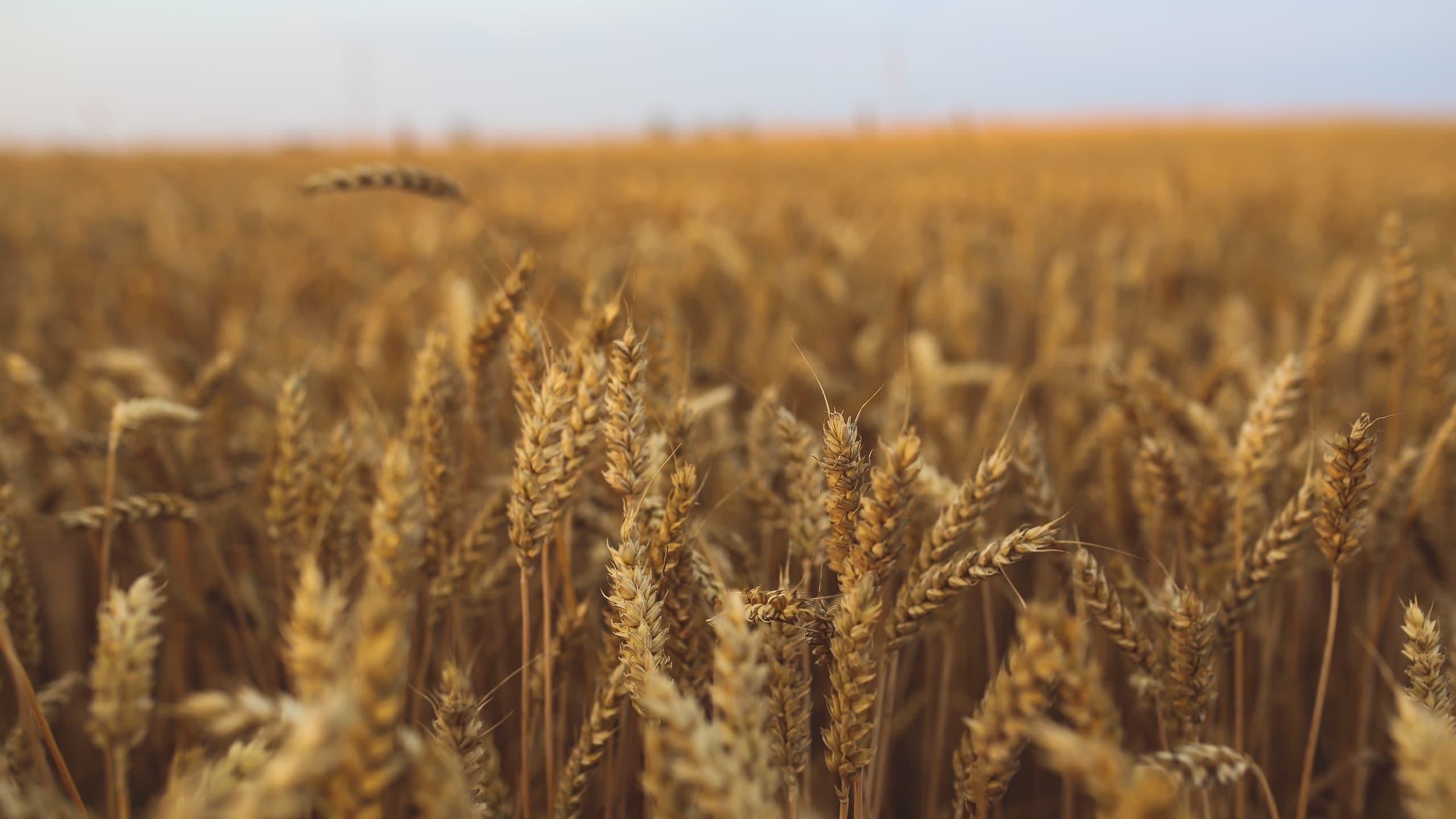Oats feed the world
It is an ancestral cereal, but the rise to popularity in the kitchen is relatively new. Over the last years, it has made headlines as an excellent healthy food. But what’s so oat-standing about oats?
Avena sativa is a widely grown cereal, just like wheat and rye. It is harvested as soon as the grain reaches maturity, with seeds mechanically separated and shelled. The grain inside the husk is then rolled and flattened into flakes or porridge oats, or ground into flour.
Oats can be consumed as porridge – rolled (thicker flakes) or steel-cut (thinner flakes) – or as a key ingredient in several recipes, for example as flour, a common substitution for wheat flour.
What are the “superpowers” of oats?
Oats are so widely appreciated, and its consumption is so ingrained in so many cultures, you could think they have “superpowers”. The reality is quite simpler. Besides being one of the most complete cereals we can have in our diets, they are very affordable and versatile, and can be incorporated in most daily meals.
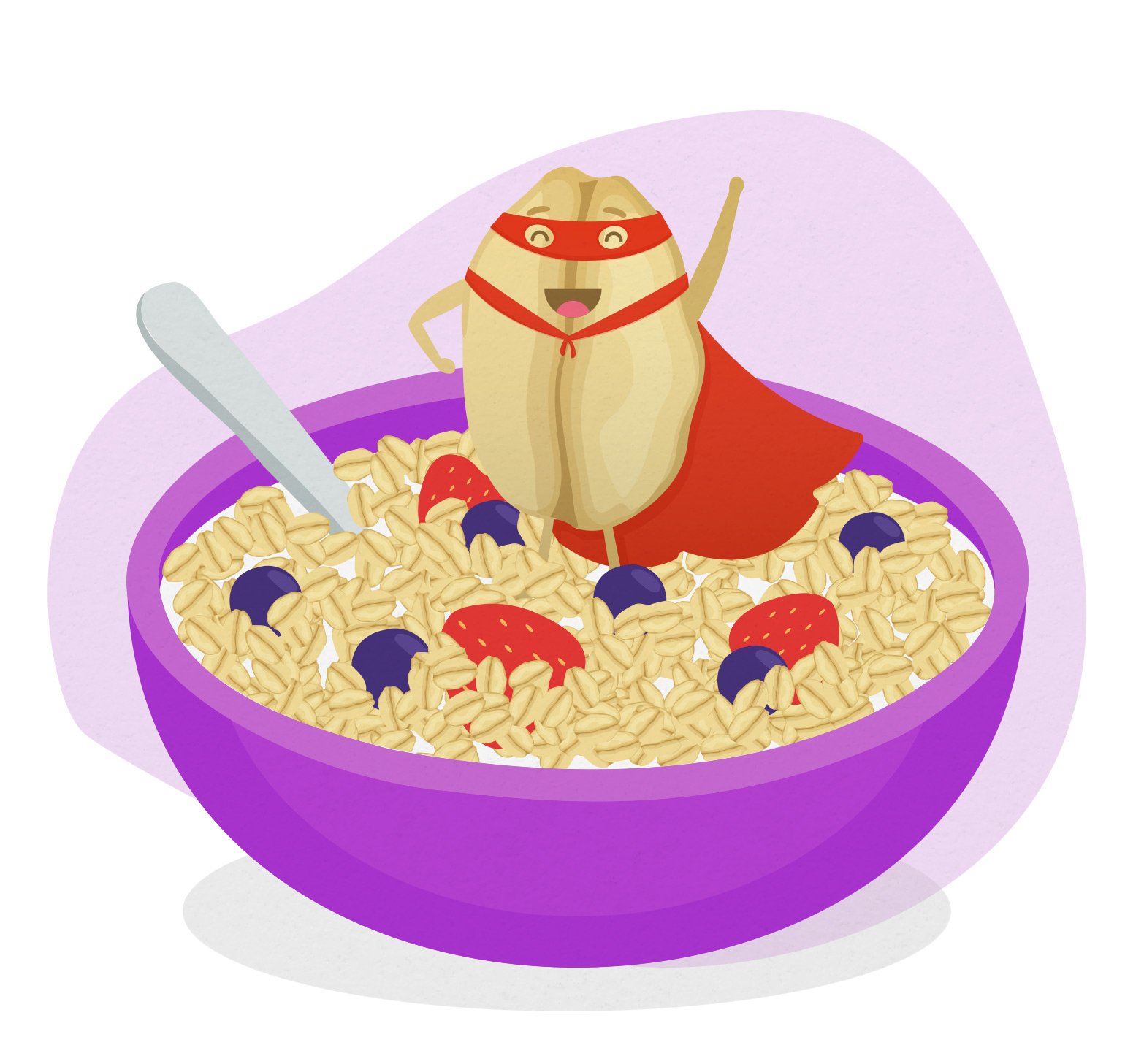
So, what are the nutritional properties that make oats so beneficial for our health? Take note:
-
Source of vitamins and minerals
They are a source of B-complex vitamins, especially B1 (thiamine), and folic acid, and of minerals such as manganese, zinc, potassium, magnesium, and phosphorus. Additionally, avenanthramide, a chemical compound exclusive to oats, has antioxidant and anti-inflammatory properties.
-
High fibre content
The soluble fibre in oats, called beta-glucan, reduces “bad cholesterol” (LDL), controlling blood sugar levels, and maintaining a healthy gut flora.
-
Complex carbs
Carbs, or carbohydrates, are essential for a healthy and balanced diet, and are the main energy source for the body. Generally speaking, carbs are classified as complex – of slow absorption – and simple – of fast absorption, like sugar. Oats are rich in carbs (making up around 60-80% of its composition), mainly starch and fibre, which are complex carbohydrates. Besides, they have a low sugar content (100 grams of raw oats contain around 3 grams of sugar).
-
Source of protein
Protein is essential to the proper functioning of the body, responsible for tissue regeneration and growth. In 100 grams of oats there’s around 13.5 grams of protein.
-
Promotes health and wellbeing
Because of all this, oats play an important role in preventing cardiovascular diseases, in avoiding constipation, in managing diabetes, and even in weight-control, because of their beneficial effects in satiety.
How to consume oats in your day to day?
Maybe you already are a fan of instant oats for breakfast and, if so, we have a step-by-step on how to quickly prepare some delicious, but much healthier, porridge, below.
Still on the topic of breakfast – or as an in-between-meals snack – oat flakes can be incorporated in cookies, biscuits, muffins, cereal bars, pancakes, bread and milkshakes. And, of course, in some crunchy homemade granola.
If you’re a fan of dessert, use oat flour to bake cakes and pies, either as a replacement for wheat flour or using a mixture of both. Dessert-wise, moderation is key.
Are you unsure of how to use oats on a main dish? How about in burgers, meatballs, and meatloaf, as well as their vegetarian alternatives? They can also be used as a substitute for breadcrumbs when making schnitzel or nuggets.
Don’t forget oat-based “milk” drinks, “oatgurt”, cooking “cream” or “crème fraiche”. These are wonderful alternatives to dairy, for those who suffer with a milk protein allergy or lactose intolerance, for vegans and vegetarians, or simply for those who like to try on new foods.
Oats recipes
Check out two base recipes with oats as a star ingredient:
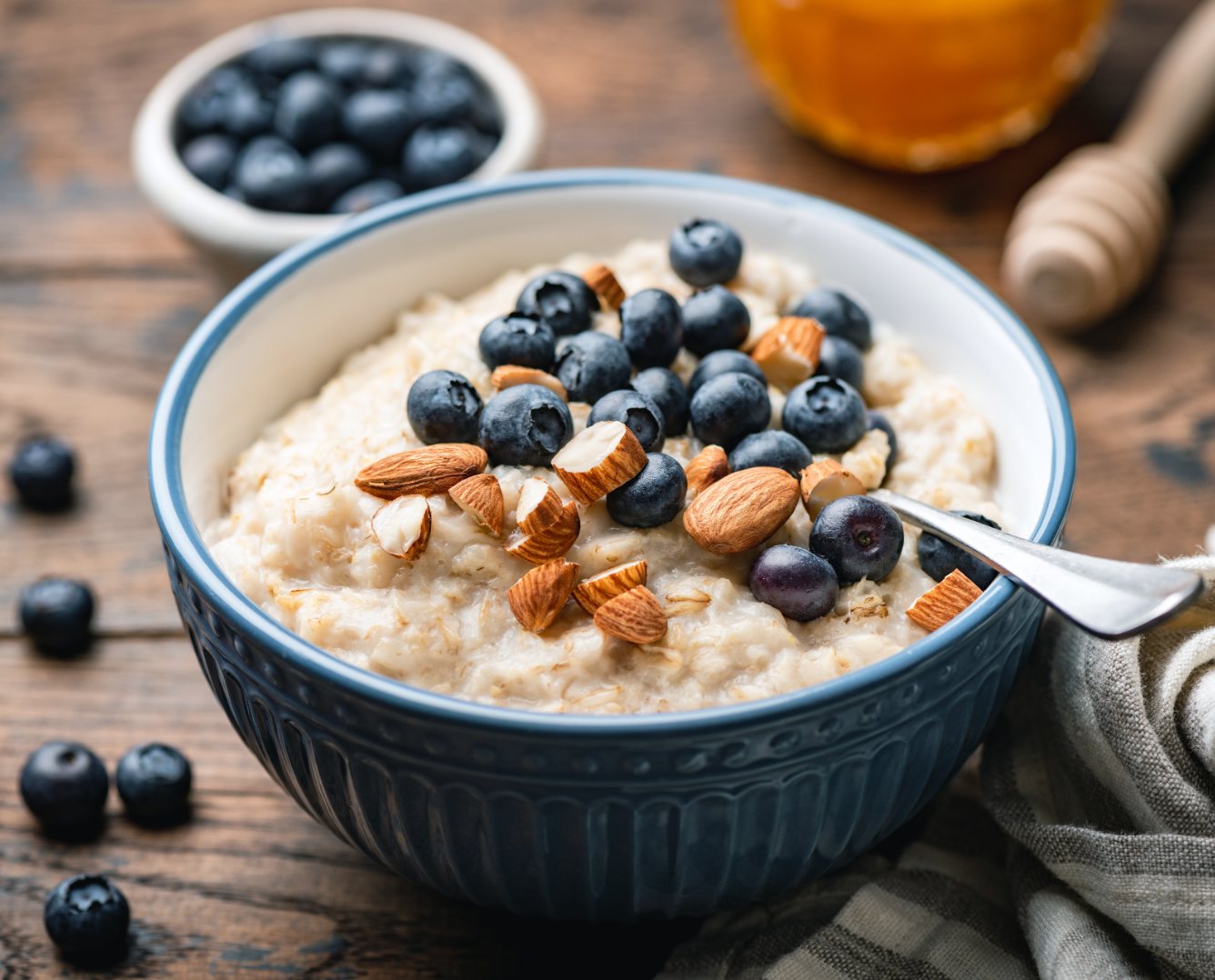
Porridge
Porridge is a go-to breakfast option: it is very easy and quick to prepare, and feeds the whole family.
Ingredients:
- 2 cups water
- 1 cup of milk (or a plant-based alternative)
- 1 cup of porridge oats (rolled or steel-cut)
- 1 cinnamon stick
- 1 thin lemon peel
Preparation:
- Heat the water and milk (or a plant-based drink) in low heat.
- Add the porridge oats and stir.
- Add the cinnamon stick, lemon peel, salt and keep stirring.
- Bring to a boil and, as the porridge thickens, remove from heat.
- Serve with honey, nuts, fresh fruits, berries, seeds, or any other ingredient of your preference.
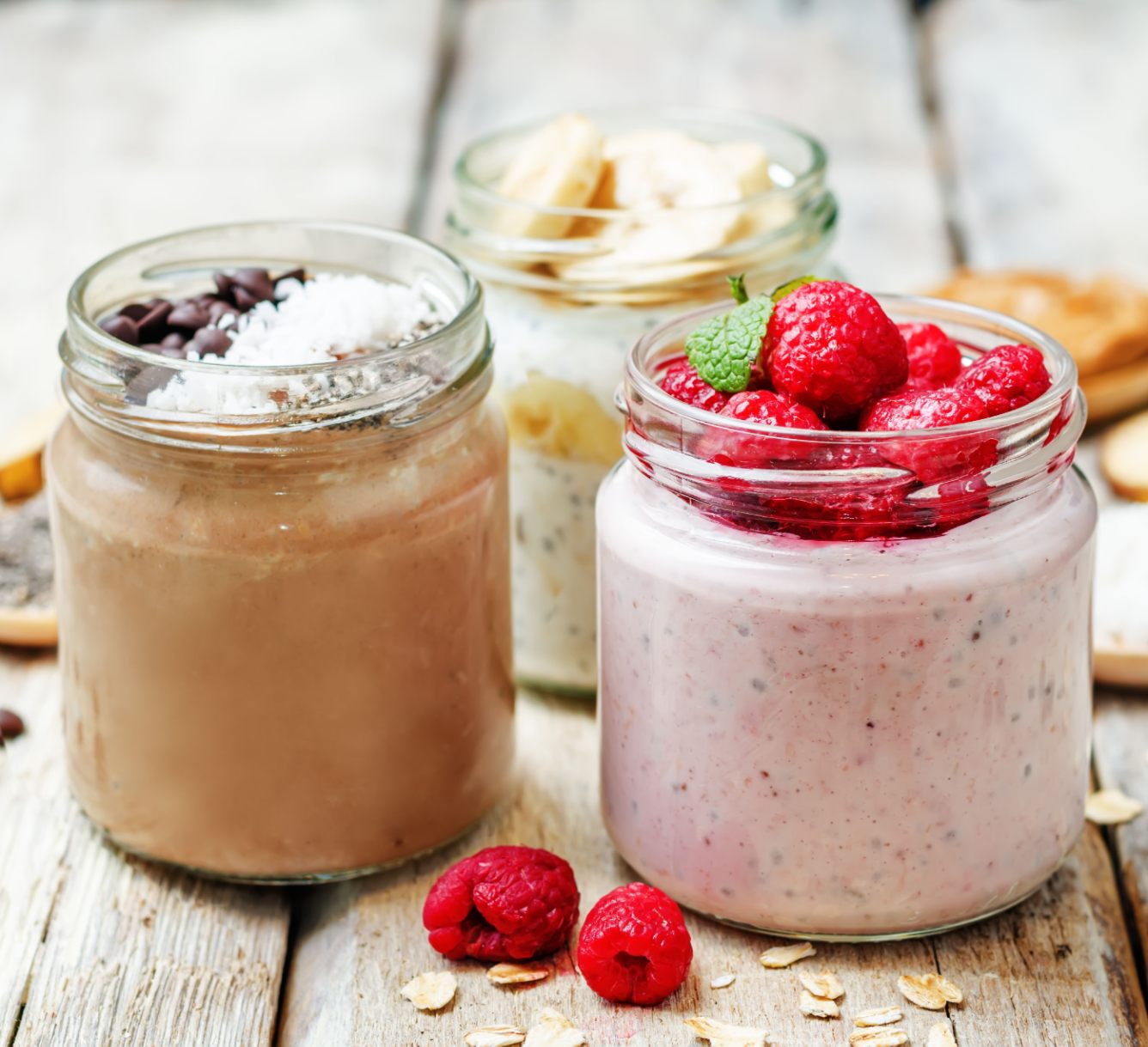
Overnight Oats
A simple recipe that really makes the texture and flavour of oats pop. It is prepared the night before, making it a perfect choice for busy mornings.
Ingredients:
- 1 cup of porridge oats (rolled or steel-cut)
- 1 cup of water or milk (or plant-based alternative)
- ½ cup of yoghurt
- 1 tsp of chia seeds
- 1 tbsp of honey or agave syrup (optional)
Preparation:
Add all the ingredients in a container with a lid (a canning jar will do just fine) and mix well. Place in the fridge overnight. Serve straight out of the fridge and with your favourite toppings – banana and chocolate chips, strawberry and peanut butter, apple, cinnamon and walnuts, etc. If you don’t have time to eat breakfast at home, don’t worry, you can take your overnight oats with you wherever you go.

